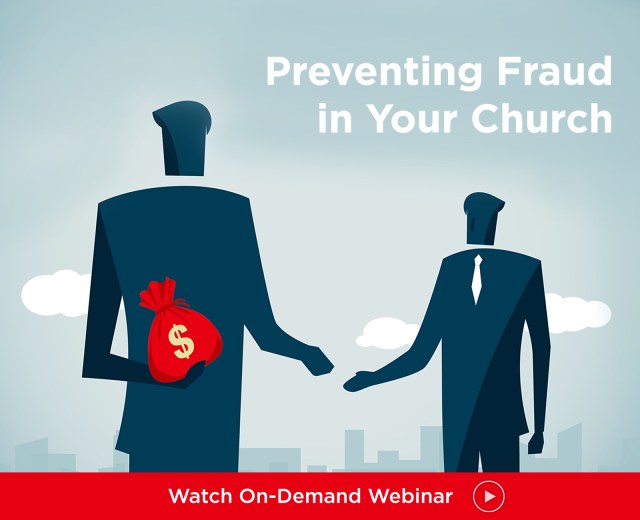Key point 7-17. Churches do not have to tolerate persons who disrupt religious services. Church leaders can ask a court to issue an order barring the disruptive person from the church’s premises. If the person violates the order, he or she may be removed from church premises by the police, and may be found to be in contempt of court.
An Oregon court ruled that an adult male who exhibited bizarre behavior in his church and community could not be involuntarily committed to a psychiatric hospital since he was not a danger to himself.
A man (Don) went to church wearing underwear on the outside of his pants and either shirts or underwear wrapped around his head. He initially believed that he was to marry the pastor’s daughter that day, but after arriving at the church, he asked a number of other women to marry him. He became angry in response to church members’ reactions to him. He was taken to the hospital by members of the church. At the hospital, Don became belligerent and had to be forcibly taken to the floor by security guards and placed in restraints.
Don had a history of difficulties arising from his mental disorder. After having been stable for a number of years, his condition began to deteriorate after he stopped taking several medications that had been prescribed. Just prior to the incident at church, Don was involuntarily committed after he physically intimidated and threatened to kill his father and proclaimed that he was the savior and that he planned to be crucified in public.
Don was committed to a psychiatric hospital pursuant to a state law authorizing the civil commitment of persons who either cannot meet their basic needs or are a danger to themselves. A state court ruled that Don had been improperly committed since there was insufficient evidence that he met either ground for involuntary commitment. It concluded: “The record establishes at most a pattern of odd behavior suggesting that, unless Don received appropriate medical care, he was likely to engage in similar behavior again in the future. But there is no evidence that any of the events that made up that pattern of behavior actually led to or even were likely to lead to him being harmed in any way. Consequently, there is no reason to believe that, if he continued to behave in similar ways, his behavior was likely to result in harm to him.” 135 P.3d 397 (Ore. App. 2006).




